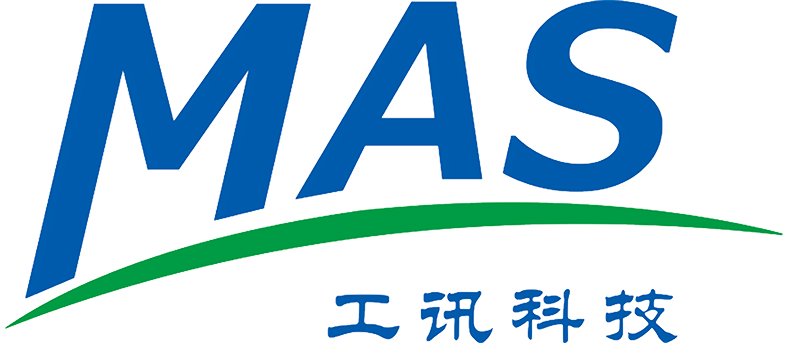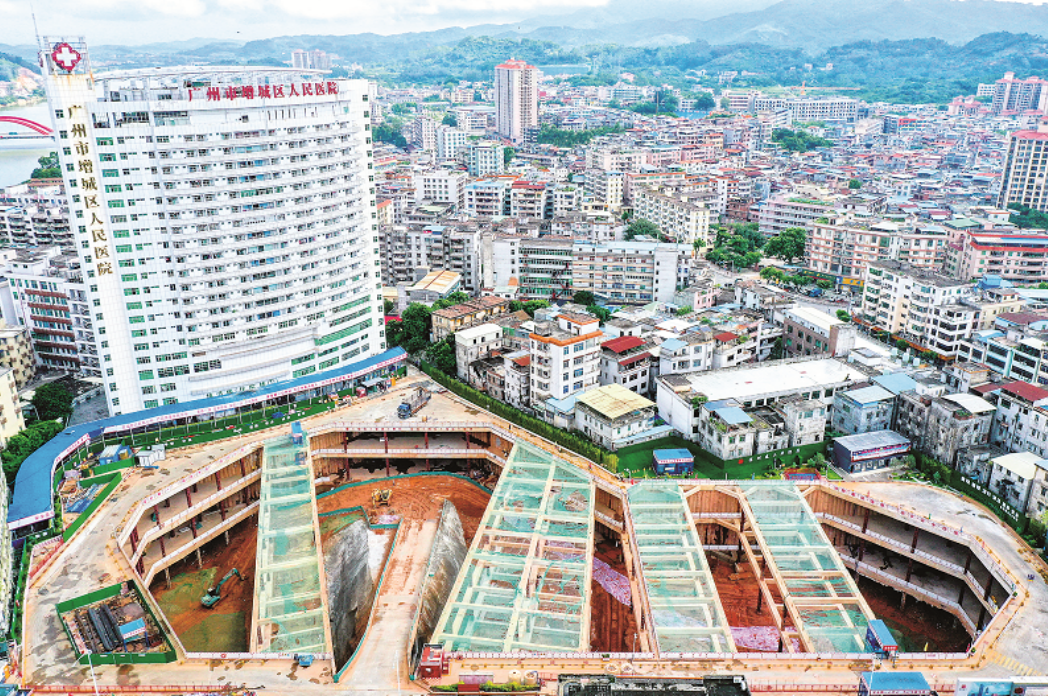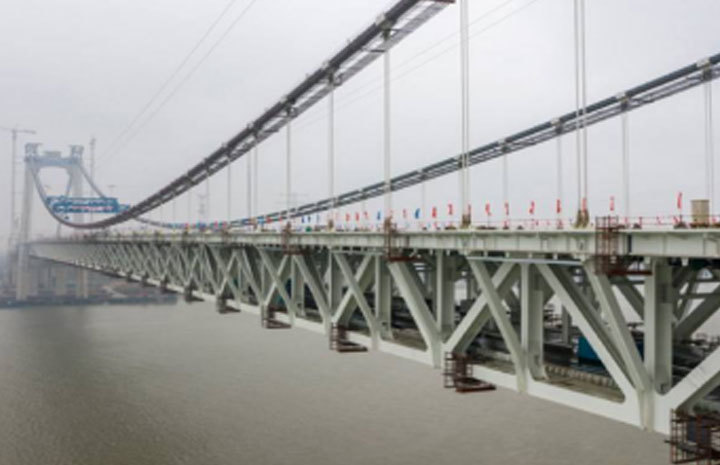
Landslide
1. Monitoring Background
In recent years, with the continuous advancement of scientific and technological means and the continuous improvement of informatization, the cross-disciplinary and mutual penetration have become increasingly in-depth. Slope prevention and control work, especially slope monitoring, has evolved from traditional, simple manual measurement using tools such as steel rulers and calipers, and single geodetic and leveling methods to monitor displacement and deformation, to the use of modern measuring and monitoring instruments and equipment to implement real-time monitoring of the potential danger points, so as to promptly detect signs of slope changes and deformation, and grasp the occurrence and development trend of the slope. Wired and wireless transmission technologies are used to automatically collect and transmit the information obtained from instrument monitoring over long distances, as well as to analyze the service platform data for processing, and to issue early warning information in a timely manner so that effective prevention and control measures can be taken before and after the disaster occurs, minimizing or avoiding the loss of life and property caused by the slope.
2. System Overview
Conduct engineering surveys on potential hazards on the slopes, determine the content of monitoring projects and the layout of monitoring points, bury slope monitoring sensors (rainfall, surface displacement, deep displacement, retaining wall tilt, retaining wall cracks, retaining wall pressure, images, groundwater, sudden moisture content, anchor cable and anchor rod stress, ambient temperature and humidity, wind speed and direction, etc.) at potential hazards, lay wireless data transmission systems, set up video monitoring, and coordinate equipment. The information obtained by the application of sensors is remotely and automatically collected, and the data service platform is processed to release early warning information in a timely manner. And provide technical support after the early warning. The main purposes are as follows:
1. Build a slope warning platform with functions such as disaster overview, professional monitoring, warning analysis, emergency inspection, and comprehensive management, so as to realize the scientific, information-based, standardized and visualized management of slope hazard prevention and control, and improve the overall quality, efficiency and management level of slope prevention and control;
2. Through professional monitoring equipment, build an automated monitoring system covering slope hazard points, improve the intelligent level of slope automated monitoring and warning, and enhance monitoring and warning capabilities.
3. By building a professional automated slope monitoring system, we can achieve a shift from passive disaster rescue to active disaster prevention, mitigation and avoidance, and protect people's lives and property.
Landslide Monitoring Systems
"The slope monitoring system dynamically assesses stability by collecting real-time environmental, deformation, and stress data, enabling early disaster warnings and providing scientific support for risk management and engineering decisions.
Safety Assurance
Early detection of hidden defects (e.g., foundation settlement, cable force attenuation) to prevent sudden structural failures.
Data-Driven Decisions
Leveraging big data analytics, it enables long-term structural health evaluation and trend forecasting to scientifically inform management decisions.
Early Warning
Establishes a multi-tiered alert system that automatically triggers alarms when monitoring data exceeds predefined thresholds, notifying relevant personnel for timely intervention—thus enabling preemptive risk mitigation.
Design Validation
Validate and refine future design standards/construction techniques by comparing monitoring data with design models.
Environmental Monitoring
Monitor environmental factors (e.g., temperature, humidity, rainfall, soil moisture) to assess climate impacts on slope stability.
Deformation Monitoring
Detect surface/deep soil displacements and settlement to identify deformation trends and landslide risks.
Stress/Strain Monitoring
By monitoring stress, strain, and force parameters (e.g., retaining wall strain, soil pressure, groundwater seepage pressure) in critical slope areas, it assesses structural load distribution, material fatigue, and seepage stability, providing direct mechanical evidence to identify potential instability risks and validate the design rationality of protective structures..
System Function
Data Dashboard
Customized data dashboards to meet different customer needs and display various data information.
Real-time Monitoring
24-hour uninterrupted real-time monitoring.
Early Warning
According to the different range of monitoring and control indicators, the early warning is divided into three levels for monitoring process management, and the monitoring data is compared with the three-level early warning value to determine the monitoring and early warning level of the site. And through the platform, SMS and email to notify the relevant responsible person.
Data Analysis
Includes various analysis methods such as comparative analysis, correlation analysis, time-domain analysis, and frequency-domain analysis.
Inspection and Maintenance
Develop inspection plans, record, repair, and maintain diseased parts.
Report Generation
Users can formulate different report generation rules based on customized report templates and general report templates to automatically generate the monitoring data reports they need.
Safety Assessment
Combine inspection record data, monitoring data, and detection data to assign weighted scores to different parts of the structure, and finally obtain the overall safety score of the structure.
Design Basis/Standards





